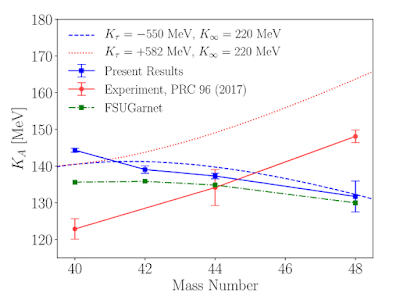I've just walked to the post office on campus to send off a card, written by my kids and also signed by me, to wish my grandmother a happy 90th birthday. That happens on Sunday, so I hope my second-class stamp will get it there by then.
Not only has my grandmother reached a major decadal milestone (or is about to), but all her 5 siblings are alive and well. I don't think they are all getting together for the birthday, as far as I know, and I can never keep track of who is and isn't talking to whom in my family, but I hope that I inherited the relevant genetic traits from her to keep me fit, active, and mentally with-it to such an age.
I am currently 45, so around the age my grandmother was when I was born. Funny to think that the grandmother I remember from my earliest years was only in her late-40s - an age which seems relatively young to me, now that I am there!
The picture was taken 2 years ago; the last time I visited her in Troon. That's my second daughter, Alba, posing next to her. For a sense of scale, If I were standing on the other side of my grandmother, our three heights would form roughly a straight line.
Happy birthday Gran!







